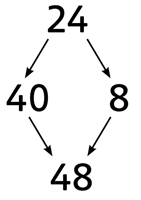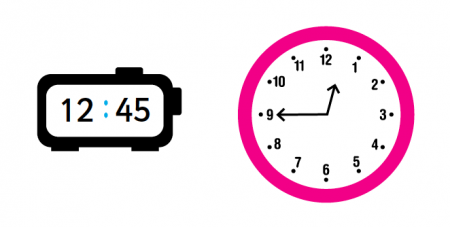 I have signed the group up to mangahigh (a games-based maths website where the children can earn medals and compete against one another). It is a really great way to reinforce and practise those basic number skills.
I have signed the group up to mangahigh (a games-based maths website where the children can earn medals and compete against one another). It is a really great way to reinforce and practise those basic number skills.Each child has their login details stuck into their planner.
They are free to play games as they wish, but I have also assigned specific tasks to the group (which the children can find under 'my list'.) I can therefore track their progress and see what they've been up to.
Have a lovely Christmas break all!
Best wishes
Miss Durkin



























